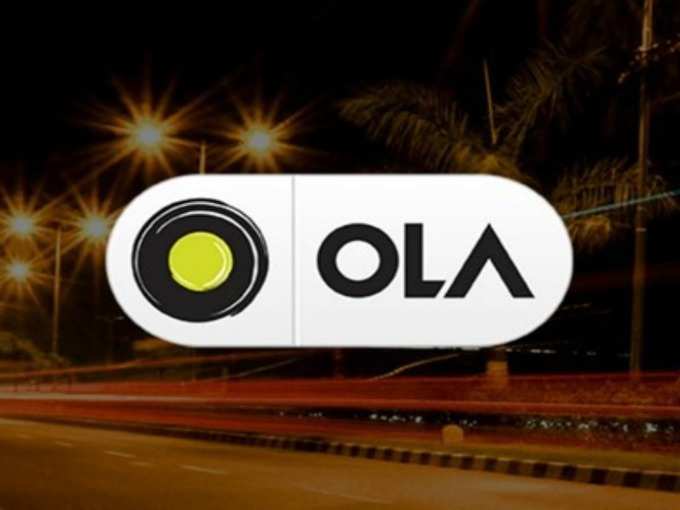
Pranay Jivrajka, Chief Operating Officer of Ola, also half the company’s brain power along with Founder and CEO
Q. Ola’s growth has been phenomenal in the past three years. What is going to be Ola’s areas of growth in the coming months?
Pranay: The industry is evolving at a very fast pace.
We had rentals and outstations as a core business and went into point-to-point and pivoted the model, saw that this is the real opportunity improve that for 3-4 years. Over the last one year, we have got 8-9 categories under the platform. We’ll have very strong focus on shared mobility and local innovation in terms of how can we further improve customer and driver experience.
Q. What are the cities that have really done well in terms of shared mobility, which is also why I ask you why such focus on shared mobility?
Pranay: In a supply constrained market and shared mobility helps you decongest at least 30, 40, 50 cars – a shared cab for a day running on Ola would serve at least 30, 40 50 customers depending upon the city. The price points at which it comes is obviously cheaper because you are sharing it with the other person and you are also in some way or the other contributing to the environment.
Q. Does a significant portion of rides happen on Ola Share?
Pranay: The big markets are all in similar range– between 20 to 40%. All the seven big cities would be in this range when it comes to the contribution of Ola Share in the overall rides that we do in that city like Mumbai, Delhi, Bangalore, Hyderabad, Chennai, Pune, and
Q. When you are talking about cities that you are present in, what is the idea or what is the criteria that you look at before you enter a city?
Pranay: When we started we had a comprehensive understanding of what all is needed right from the population, the number of bridges that you have in the city, does it have an airport or a railway station. How well are those connected? Is there a public transport system? How many people use that intuitively? How are autos there? Do they run on the meter? How is the regulatory state government? What are the fuel options available? Then how many hospitals you have, how many schools you have, how many colleges you have, how many big corporates you have. So, these are like some of the parameters and eventually by mapping these parameters – we mapped more than 250 cities when we launched eventually came down to 102 cities to understand what should be the stack ranking of cities in which we are penetrating. Then we also see how is the city connected well.
Q. So, with Ola Outstation facility, you have access to about 500 cities? What innovations are happening in this space?
Pranay.
ALSO READ: In a first, Ola launches credit for ride-share
Q. There is this whole apprehension that Ola is running out of cash and it’s been written about and spoken about so many times. Please set the record straight.
Pranay: We are reasonably capitalized, well capitalized at the moment. There are certain speculations out in the market that Ola is raising funds or Ola has raised some funds. But I would say that these are speculations and it will be hard for me to comment on that. If you ask me are you looking for funds or not, then I would say it is a constant journey, and if the opportunities arise and the market is hot obviously regardless of whether you need money or not, you will go ahead.
